Music and Dance Traditions of Southern Africa: A Cultural Journey
Southern Africa is home to a vibrant tapestry of cultures. One of the most captivating aspects of this region is its Music and Dance Traditions of Southern Africa. Music and dance are not just forms of entertainment; they are a way for communities to express identity, celebrate milestones, and pass on wisdom.
The Heartbeat of Communities
Music and dance have always been central to life in Southern Africa. From joyful celebrations to solemn ceremonies, rhythm and movement connect people. In many communities, music is used to tell stories. Each drumbeat, melody, or dance step carries meaning. When exploring the Music and Dance Traditions of Southern Africa, it becomes clear that these practices are deeply woven into daily life.
Music often accompanies work, festivals, and rituals. For instance, in rural areas, people may sing while planting crops. Songs serve as both encouragement and instruction. They unify participants, creating a sense of togetherness. Similarly, dance often mirrors life events. Movements can mimic hunting, farming, or family celebrations.
Instruments and Sounds
Instruments are vital in the Music and Dance Traditions of Southern Africa. Communities have developed unique tools to create sound. Drums, mbiras (thumb pianos), and stringed instruments play a key role. Each instrument has its own story and purpose.
Drums, for example, are not just for music; they are a form of communication. In some areas, drum patterns signal important events, such as the arrival of guests or the start of a ceremony. Stringed instruments like the uhadi bow are used for storytelling through song. Wind instruments, including flutes and horns, add melody and depth.
In addition, singing is often central. Call-and-response patterns invite participation. Everyone can join in, whether young or old. This inclusion strengthens community bonds and ensures that cultural knowledge is shared.
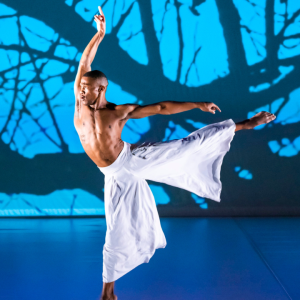 Dance as Expression
Dance as Expression
Dance in Southern Africa is more than movement; it is a living language. The Music and Dance Traditions of Southern Africa show that each gesture and step communicates emotions. Dancing can celebrate life, honor ancestors, or mark transitions such as weddings and initiation rites.
Communities have created a variety of dance styles. Some dances involve fast, energetic footwork, while others focus on graceful, flowing movements. Group dances encourage teamwork and unity. Solo performances often highlight individual skill and creativity.
Moreover, dances are often accompanied by costumes and body art. Bright colors, beads, and feathers are used to tell stories visually. These adornments enhance the narrative and make performances more engaging for audiences.
Regional Variations
Southern Africa is diverse, and the Music and Dance Traditions of Southern Africa vary by region. In South Africa, isicathamiya is a popular style. It features soft, synchronized movements and harmonious singing. Similarly, in Zimbabwe, mbira music is integral to community rituals and storytelling.
Mozambique offers vibrant dance styles such as marrabenta. These dances combine African rhythms with modern influences. In Botswana, traditional dances are often circular, reflecting unity and continuity. Each region brings a unique flavor to the collective cultural landscape.
Transitional words like “similarly,” “in addition,” and “moreover” help connect ideas and make the story flow naturally. This ensures that readers can easily follow the richness of Southern Africa’s musical and dance heritage.
Music and Dance in Everyday Life
The Music and Dance Traditions of Southern Africa are not confined to special occasions. Music can be heard in markets, schools, and homes. Children grow up learning songs from elders. These songs teach history, morals, and social values.
Dance is equally present in daily routines. People may dance during communal gatherings, while fetching water, or even at local celebrations. This constant presence of rhythm and movement reinforces cultural identity. It allows everyone, regardless of age or background, to participate.
Music and dance also promote well-being. Singing and moving together reduce stress, build confidence, and strengthen social connections. Communities often say that rhythm and movement keep the spirit alive.
Modern Influences
While traditions remain strong, modern influences are shaping the Music and Dance Traditions of Southern Africa. Contemporary artists blend traditional sounds with genres like jazz, hip-hop, and electronic music. This fusion attracts younger audiences and preserves cultural relevance.
Festivals showcase these evolving forms. Large gatherings provide opportunities for communities to celebrate heritage while embracing innovation. These events encourage collaboration between generations, ensuring that cultural practices adapt without losing their essence.
Social media and digital platforms also play a role. Videos of traditional dances can reach global audiences. This exposure promotes cross-cultural appreciation and understanding. At the same time, it empowers communities to share their stories on their own terms.
Education and Preservation
Preserving the Music and Dance Traditions of Southern Africa is essential for future generations. Many schools and community centers offer classes in music and dance. Children learn to play instruments, sing traditional songs, and perform dances.
Workshops often invite elders to teach. This intergenerational learning helps maintain authenticity. Museums and cultural institutions also archive instruments, recordings, and costumes. These resources ensure that the richness of Southern Africa’s musical heritage is documented and accessible.
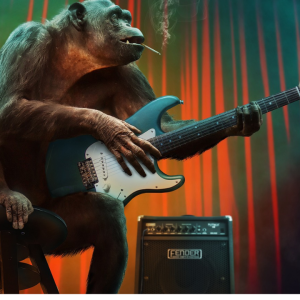 Celebrations and Festivals
Celebrations and Festivals
Celebrations highlight the vitality of Music and Dance Traditions of Southern Africa. Weddings, harvest festivals, and national holidays all feature music and dance. During these events, communities come together in joy and solidarity.
Music often guides the flow of the celebration. Drummers may signal transitions, while dancers provide entertainment and narrative. Songs convey blessings, gratitude, and hope. These celebrations create lasting memories and reinforce cultural pride.
Festivals, in particular, attract visitors from around the world. They showcase the diversity of styles and invite participation. Tourists can witness traditional performances, join workshops, and learn about the meaning behind each movement or song.
Inclusive Cultural Experiences
An important aspect of the Music and Dance Traditions of Southern Africa is inclusion. Everyone is welcome to participate. Gender, age, or background does not limit involvement. Children, elders, and newcomers all contribute to the continuity of these traditions.
Communities encourage learning by doing. Observing is the first step, but active participation follows. This hands-on approach ensures that cultural knowledge is transmitted effectively. Inclusivity also fosters respect for diversity and strengthens social bonds.
Spiritual and Social Roles
Music and dance often have spiritual significance in Southern Africa. Ceremonial songs and dances connect communities to ancestors or the natural world. They create shared experiences that reinforce cultural values and beliefs.
Socially, music and dance build unity. Community members gather to celebrate achievements, support one another, or mourn losses. These shared experiences strengthen relationships and promote a sense of belonging.
The Music and Dance Traditions of Southern Africa illustrate that culture is alive and dynamic. Each performance reflects both history and adaptation, creating a bridge between past, present, and future.
Conclusion
Exploring the Music and Dance Traditions of Southern Africa reveals a rich and dynamic cultural landscape. Music and dance are integral to everyday life, celebrations, and spiritual practices. They foster inclusion, community cohesion, and personal expression.
From rhythmic drumming and harmonious singing to energetic and graceful dances, these traditions continue to inspire and educate. They evolve with modern influences while staying rooted in heritage. Through education, festivals, and community participation, Southern Africa’s musical and dance practices remain vibrant and accessible.
Understanding and celebrating these traditions allows everyone to appreciate the depth and diversity of Southern Africa. Music and dance are more than art forms; they are the living heartbeat of communities.


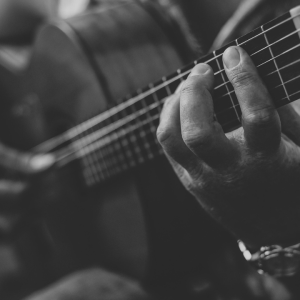

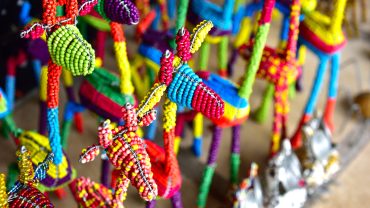
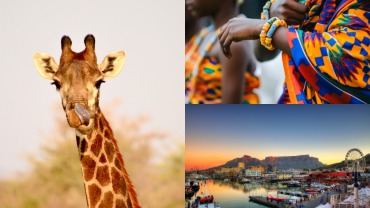
Comment (0)